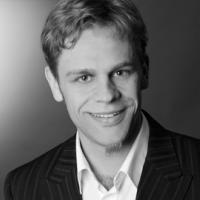Implementation of "Land Degradation Neutrality" in Germany
- Event
- Date
-
- Location
- Berlin, Germany
- Speaker
-
Stephanie Wunder
In implementing the Sustainable Development Goals (SDGs), Germany has to deal with a range of new challenges. Achieving goals in land and soil protection, for example, cannot build on a long tradition of policymaking or on a solid basis of information and data for monitoring. An expert workshop together with the Federal Agency of Environment (UBA) and Federal Ministry of Environment (BMUB) on 6 July 2016 in Berlin sought to clarify how Germany can achieve "land degradation neutrality" domestically. Stephanie Wunder from Ecologic Institute presented results from a report, which served as the basis for intensive discussions among the participants.
The workshop aimed for making the concept of land and soil degradation more practical for the German context and finding approaches how to achieve "land degradation neutrality" as formulated in SDG 15.3. For this, the most important soil functions in Germany were identified, their threats were evaluated, and the participants discussed, which indicators and data are available for an effective monitoring.
Participants from research, policy and civil society agreed that that soil sealing and land take have a high priority in Germany when it comes to progress monitoring of target 15.3. The respective indicator is already anchored in the German sustainable development strategy, supported by solid information and reliable data. It is also related to an existing policy goal (the "30-ha goal") and could be extended towards other targets and indicators.
Indicators for land use change (particularly with regards to peatland), soil erosion and compaction as well as soil sealing were among the most frequently discussed additional indicators. However, challenges remain with regard to data availability in high spatial resolution for different indicators.
The final round of the discussion showed that no common agreement could yet be achieved for one indicator or a set of suitable indicators to be used for implementing soil related sustainable development goals in Germany. However, there was a particular interest in exploring further how land use change can be further developed and qualified as an indicator for land and soil degradation. This will be the subject of a project workshop taking place in the beginning of 2017.







